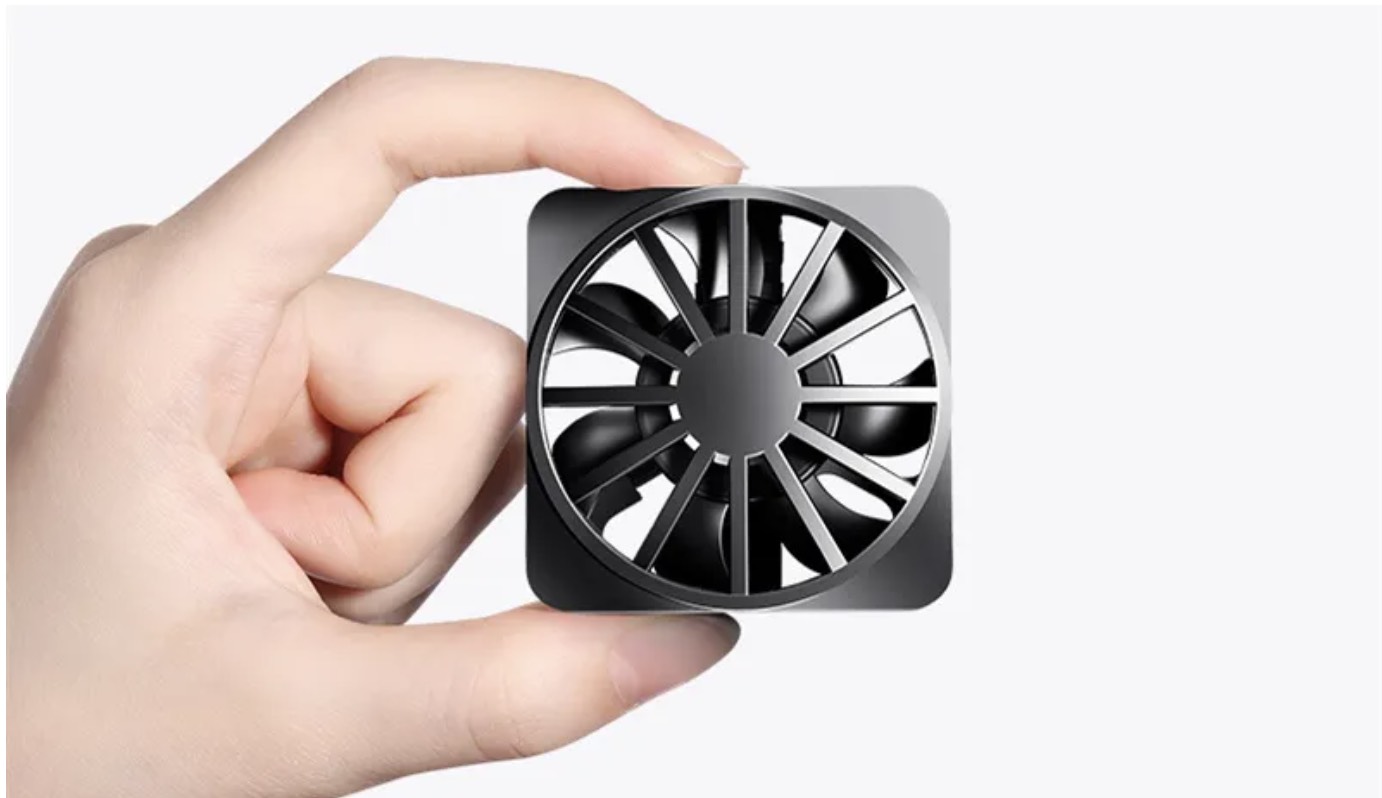A heatsink is a critical component in modern computing systems, particularly in the context of Central Processing Units (CPUs). As CPUs perform billions of calculations per second, they generate significant amounts of heat. Efficient heat management is essential to maintain optimal performance, reliability, and longevity of these processors. A heatsink plays a vital role in this process by dissipating the heat generated by the CPU, thus preventing overheating and ensuring stable operation.
A heatsink is a passive heat exchanger that absorbs heat from the CPU and dissipates it into the surrounding air. It typically consists of a metal base, which is in direct contact with the CPU, and a series of fins that extend from the base. The base is usually made of materials with high thermal conductivity, such as aluminum or copper, which are efficient in transferring heat. The fins increase the surface area available for heat dissipation, allowing for more efficient cooling.

Heatsinks can vary significantly in design and materials, but they are generally categorized into a few types:
Passive Heatsinks: These rely solely on natural convection to dissipate heat. They have no moving parts and are often used in systems where noise is a concern or where minimal cooling is sufficient.
Active Heatsinks: These include a fan or blower that forces air over the heatsink's fins, significantly improving heat dissipation. Active heatsinks are common in high-performance CPUs, where heat generation is considerable.
Liquid-cooled Heatsinks: In some high-end systems, liquid cooling solutions are employed. These use a liquid coolant to transfer heat away from the CPU to a radiator, where it is dissipated into the air. While more complex and costly, liquid cooling can provide superior cooling performance compared to air-cooled heatsinks.
The process by which a heatsink functions can be broken down into several stages:
Heat Transfer: The heatsink's base absorbs heat from the CPU. This is facilitated by thermal paste, a compound applied between the CPU and the heatsink to fill any air gaps and improve thermal conductivity.
Heat Spreading: The heat is then spread throughout the heatsink's base and into the fins. The design and material of the heatsink are crucial here, as they determine how efficiently the heat is spread and subsequently dissipated.
Heat Dissipation: The heat is finally dissipated into the surrounding air. In the case of passive heatsinks, this occurs through natural convection. In active heatsinks, a fan accelerates the air movement, improving the cooling efficiency.
The importance of a heatsink in a CPU cannot be overstated. Modern CPUs are designed to operate within specific temperature ranges. Exceeding these temperatures can lead to thermal throttling, where the CPU reduces its speed to lower temperatures, or even thermal shutdown to prevent damage. In the long term, sustained high temperatures can degrade the materials within the CPU, leading to reduced lifespan and reliability.
A well-designed heatsink ensures that the CPU operates within safe temperature ranges, maximizing performance and longevity. It also contributes to the overall system's stability, as other components may be affected by excessive heat from the CPU.
As CPUs become more powerful and their thermal output increases, heatsink technology continues to evolve. Some recent advances include:
Improved Materials: The use of advanced materials like graphene and vapor chambers that offer better thermal conductivity than traditional materials.
Enhanced Fin Designs: Fins are being designed with varying thicknesses, shapes, and orientations to optimize airflow and heat dissipation.
Integration with Other Cooling Solutions: Combining heatsinks with heat pipes or vapor chambers to further improve heat transfer efficiency.
Active Temperature Control: Some modern heatsinks incorporate sensors and variable speed fans to adjust cooling performance dynamically based on the CPU's temperature.
A heatsink is an indispensable component in a CPU, essential for managing the heat generated during operation. It plays a critical role in maintaining the CPU's performance, stability, and lifespan. With ongoing advancements in technology, heatsinks continue to evolve, offering better cooling solutions to meet the demands of increasingly powerful processors. Understanding what a heatsink is and its function is crucial for anyone interested in computer hardware, as it underscores the importance of thermal management in maintaining the health and efficiency of computing systems.
By continuing to use the site you agree to our privacy policy Terms and Conditions.